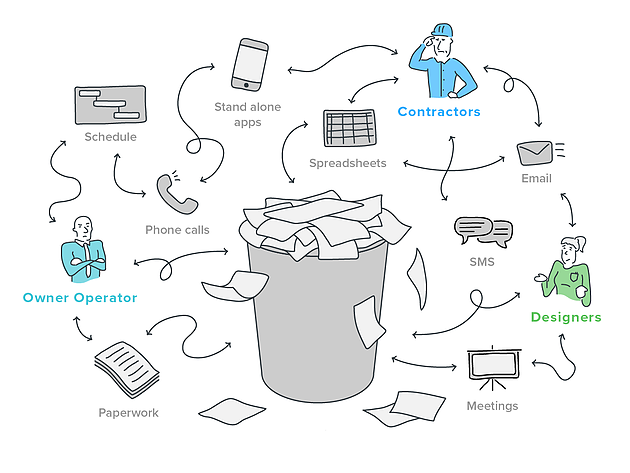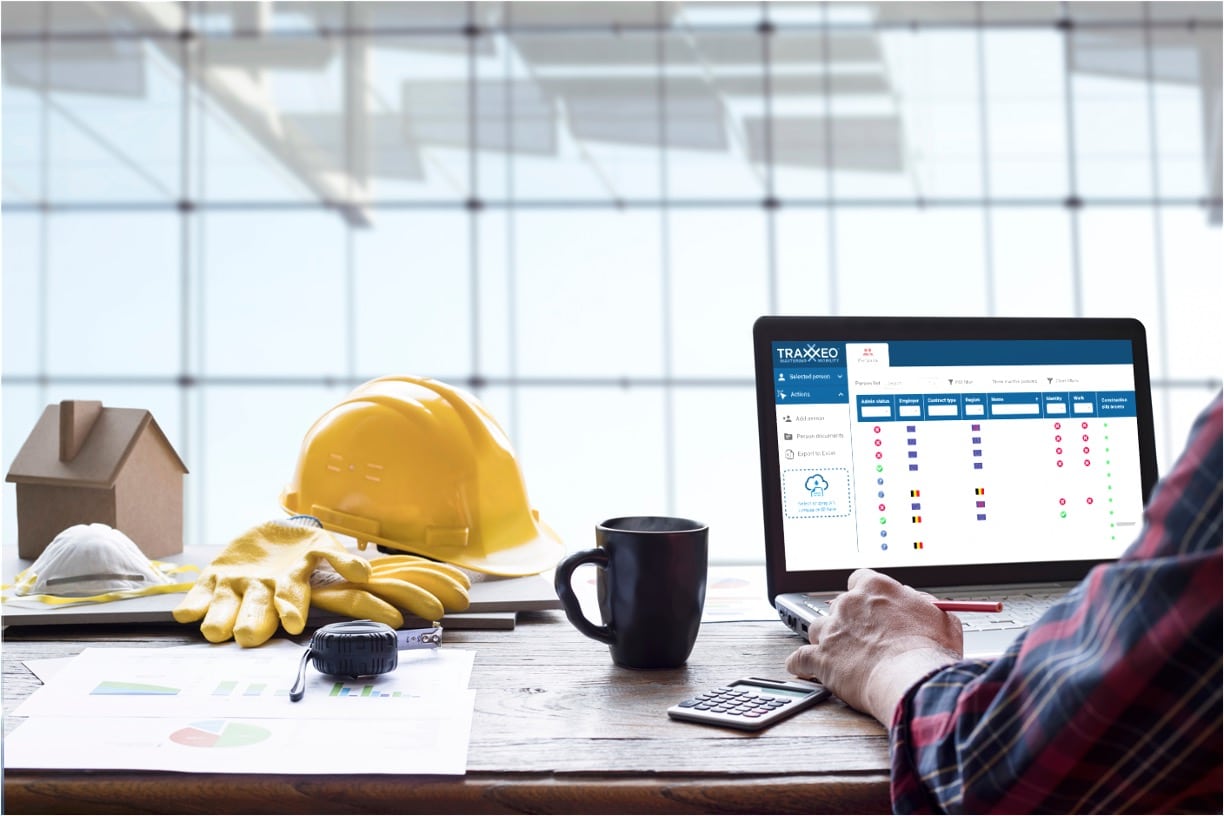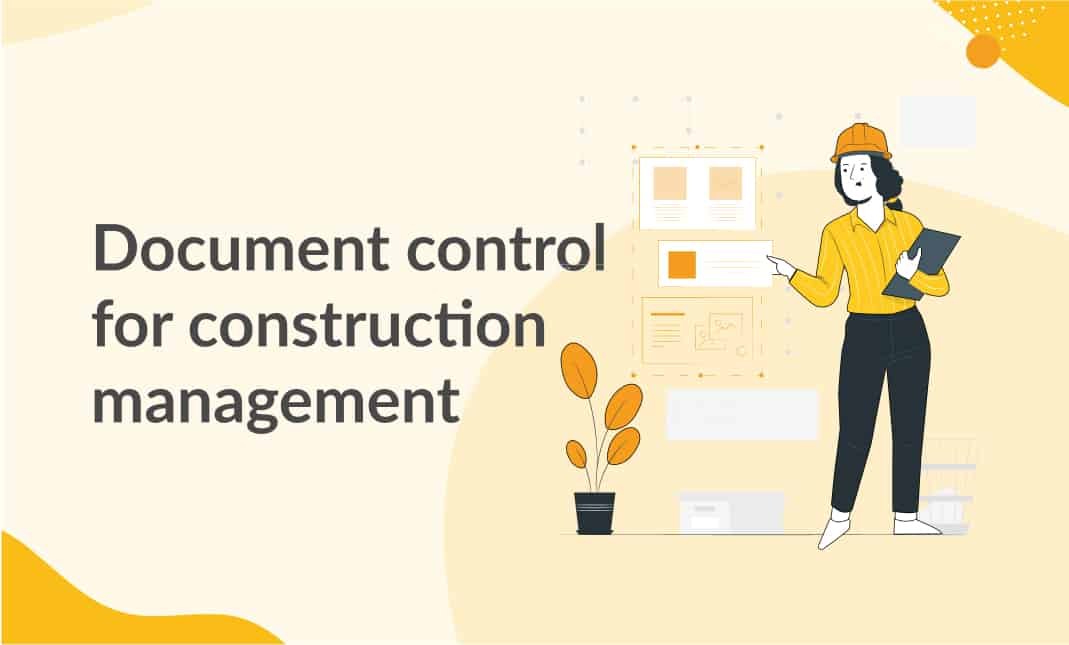Streamline Your Operations: Construction Document Management Made Easy
Streamline Your Operations: Construction Document Management Made Easy
Blog Article
Architect's Overview to Enhancing Building And Construction File Administration for Reliable Project Implementation
The process of arranging, sharing, and preserving these files can usually come to be a maze of inadequacies and obstacles if not dealt with meticulously. By exploring methodical methods, innovative devices, and market best methods, engineers can not just enhance their document monitoring procedures but additionally lead the means for much more reliable project execution.
Value of Effective File Monitoring
Effective paper management is important for architects in the construction sector as it plays a pivotal role in ensuring the effective implementation of projects. Appropriate company and management of these documents are necessary to keep project timelines, ensure conformity with laws, and promote effective interaction amongst task stakeholders.

Efficient document administration makes it possible for designers to access critical information without delay, track job progress precisely, and alleviate risks connected with omissions or errors. By applying structured file management procedures, designers can boost partnership with clients, specialists, and other staff member, leading to improved project end results and customer contentment.
Additionally, efficient paper monitoring helps engineers maintain an extensive project background, enabling them to leverage past experiences and lessons discovered for future projects. In today's fast-paced building market, where timely decision-making and details sharing are extremely important, effective file monitoring is a cornerstone for success.
Approaches for Improving Document Company
Reliable document administration techniques not just make sure job success for designers in the building market however additionally lay the foundation for executing techniques for simplifying document company. To simplify document organization efficiently, designers must initially develop a clear identifying convention for data and folders. Uniformity in naming files based on project stages, file kinds, and pertinent details will facilitate simple access and minimize complication.
Using cloud-based storage services can additionally boost document organization by giving a central area for all project-related data - construction document management. This permits group members to access one of the most current papers from anywhere, promoting cooperation and performance. Implementing variation control mechanisms further refines record organization by tracking adjustments, protecting against clashing edits, and making sure that the most recent versions are always available
Moreover, creating a rational folder framework with assigned subfolders for different file categories, such as agreements, specs, and illustrations, can streamline record monitoring procedures. Regularly evaluating and removing obsolete or repetitive documents will certainly assist preserve a lean and orderly paper repository, inevitably enhancing productivity and task end results.
Leveraging Modern Technology Devices for Partnership
In the realm of modern-day design, designers are progressively counting on innovative technology tools to foster seamless collaboration amongst task stakeholders. Cloud-based platforms such as BIM 360 and Procore enable real-time accessibility to job files, allowing customers, engineers, and contractors to team up properly no matter of their physical area.
Online layout and building and construction (VDC) software program like Revit and AutoCAD Architecture make it possible for architects to create comprehensive 3D models that can be shared and modified collaboratively. This real-time collaboration enhances style coordination, visualization, and accuracy, causing far better decision-making throughout the project lifecycle. In addition, communication devices like Slack and Microsoft Teams give immediate messaging, documents sharing, and video conferencing capacities, fostering seamless Visit Your URL communication among staff member and stakeholders.
Making Certain Accuracy and Variation Control

Effective version control additionally aids in managing paper approvals and making certain that only licensed personnel make alterations. Architects must establish clear protocols for recording changes, consisting of timestamps and individual recognition, to create an audit route for responsibility. Frequently connecting with the task group about variation updates and changes is vital to stay clear of confusion and maintain placement throughout the building and construction process.
Ideal Practices for Document Sharing and Accessibility
Having established a robust system for version control in building file monitoring, designers can now focus on optimizing record sharing and gain access to methods to improve partnership and effectiveness amongst project stakeholders. These systems provide real-time access to task records, allowing group participants to watch, modify, and comment on data concurrently.
In addition, implementing role-based gain access to control is important for keeping information security while facilitating collaboration. Assigning various authorization levels to team members makes certain that delicate info is just accessible to licensed personnel. Frequently updating access permissions based on project you could check here needs and team modifications is crucial for maintaining data integrity.
Integrating task administration software application with document sharing systems can additionally enhance process. This combination permits for smooth communication, job monitoring, and record monitoring within a solitary interface, decreasing the requirement to switch over between numerous devices. By following these finest practices, architects can develop a much more collaborative and efficient paper sharing setting, inevitably leading to effective job implementation.

Verdict
In verdict, reliable building and construction file monitoring is vital for successful task implementation. By implementing methods for organization, leveraging modern technology devices for partnership, making sure precision and variation control, in addition to complying with finest practices for file sharing and accessibility, architects can improve their operations and enhance general project performance. Prioritizing these aspects of document management will certainly result in smoother project implementation and far better results for all stakeholders entailed.
Effective file management is necessary for architects in the construction sector as it plays a critical function in ensuring the successful implementation of jobs. construction document management. Appropriate company and administration of these files are critical to maintain project timelines, ensure conformity with guidelines, and promote reliable communication among project stakeholders
Reliable file management practices not just ensure job success for architects in the building and construction market however additionally lay the foundation for implementing techniques for simplifying record company. One key strategy is developing a centralized record database where all team participants can access the latest versions of drawings, specifications, and various other task files.Having established a robust system for variation control in construction content file administration, architects can now focus on maximizing document sharing and accessibility techniques to enhance partnership and effectiveness among job stakeholders.
Report this page